“Sustainable energy solutions simply cannot react instantaneously to make up for Russian oil & gas exports,” Musk said.
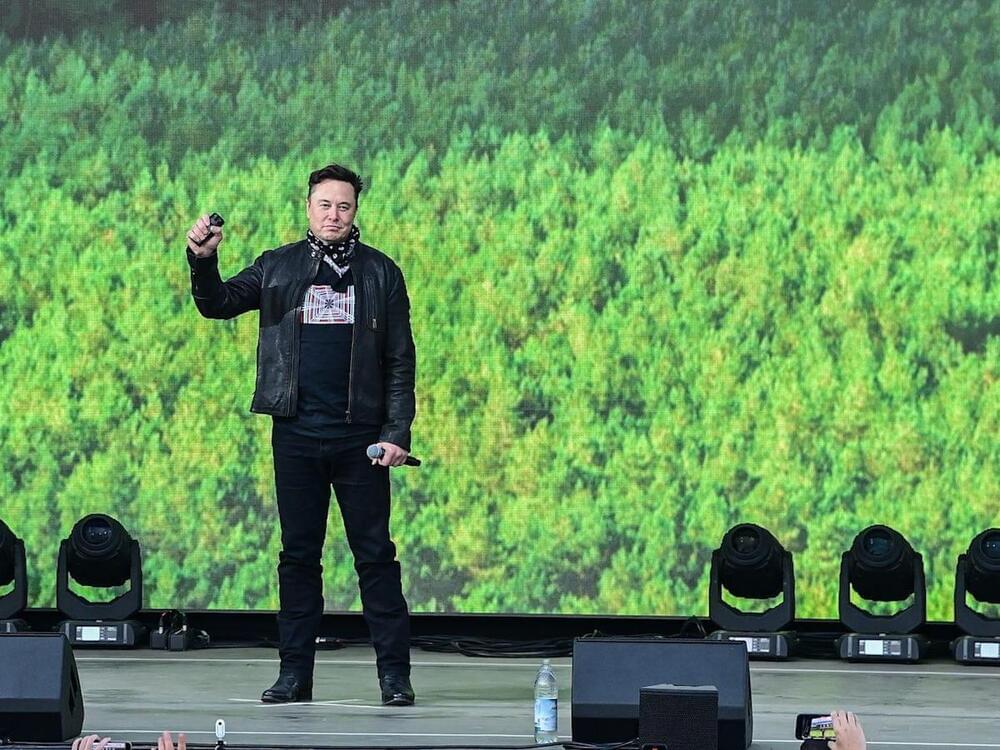

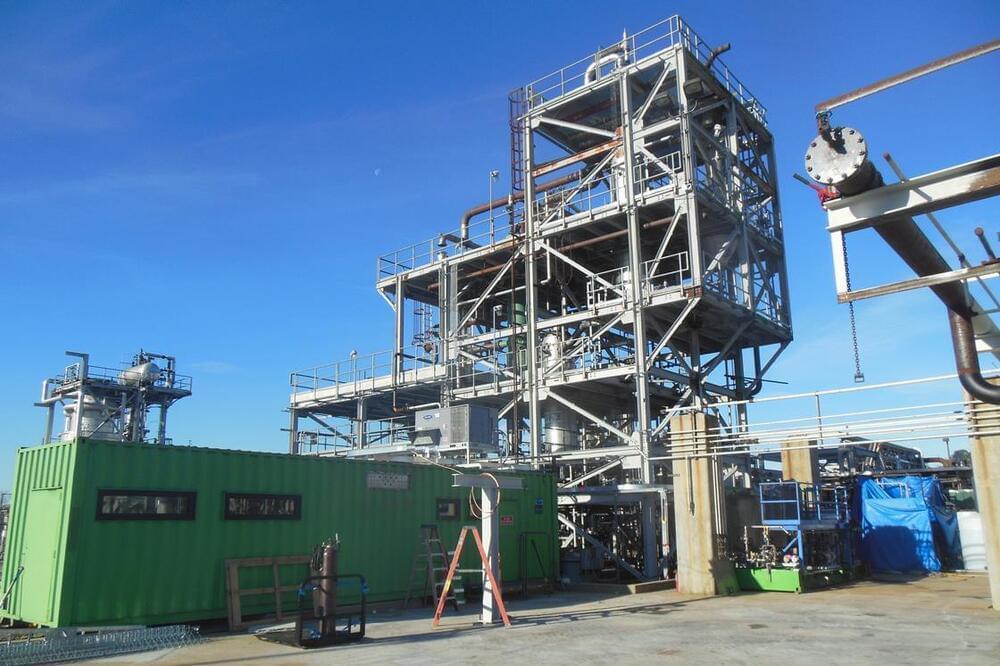
Process achieved at industrial scale in 120 litre reactor.
The 120 litre LanzaTech pilot plant that can convert carbon dioxide into acetone and isopropanol.
Industrial scale carbon-negative production of two commodity chemicals has been achieved for the first time using a genetically modified bacterium that can turn waste carbon dioxide into acetone and isopropanol. The work, which offers a blueprint for making other chemicals, holds promise for a more sustainable, renewable and environmentally-friendly chemical industry as the world strives to shift from fossil fuels to a circular carbon economy.
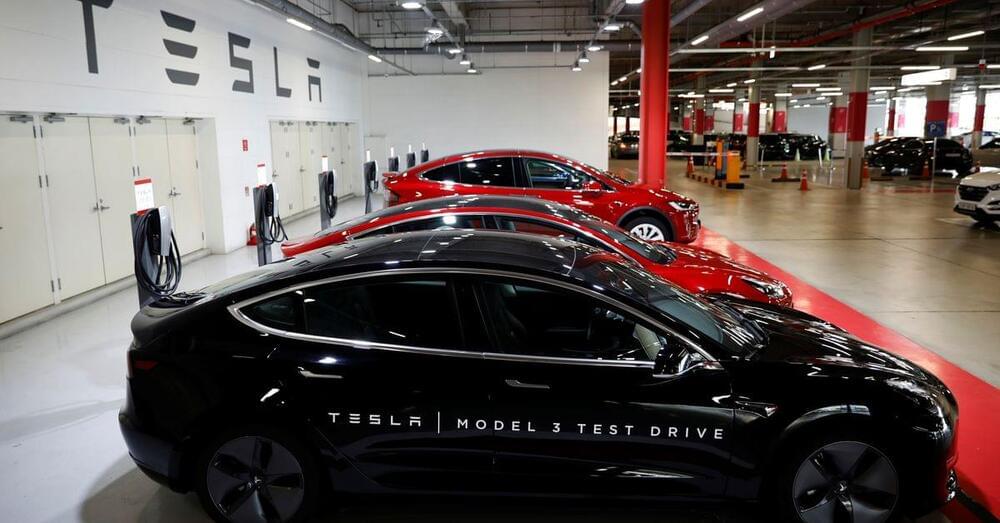
TOKYO, March 4 (Reuters) — Japan’s Panasonic Corp (6752.T) is looking to purchase land in the United States for a mega-factory to make a new type of electric vehicle (EV) battery for Tesla Inc (TSLA.O), public broadcaster NHK reported on Friday.
Panasonic is looking at building the factory, to cost several billion dollars, in either Oklahoma or Kansas close to Texas, where Tesla is preparing a new EV plant, NHK reported. NHK gave no timeline for Panasonic’s U.S. project.
NHK did not cite the source of its information. Panasonic said the reported plan was not something it announced.
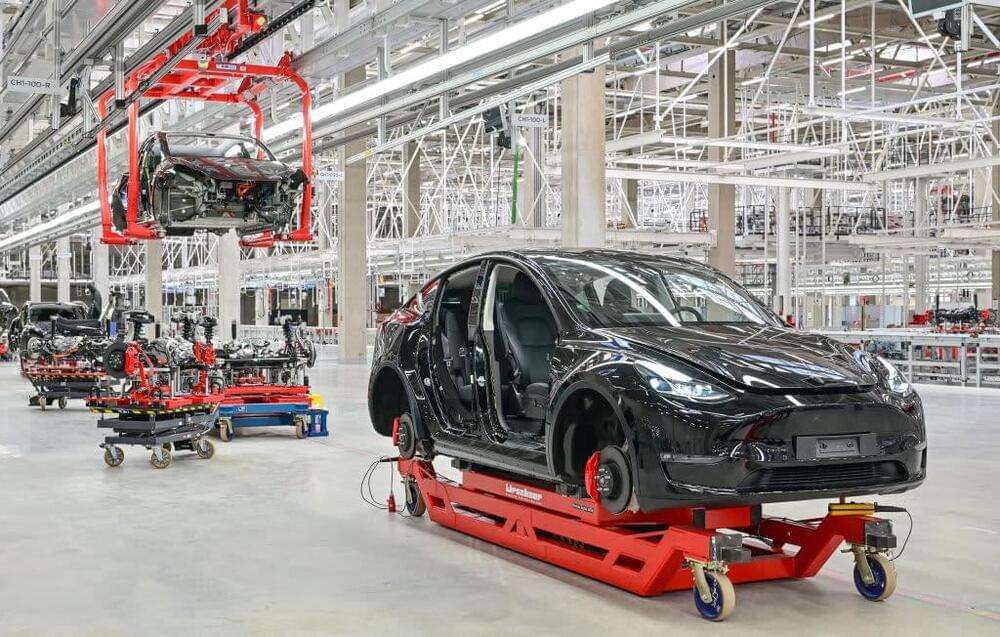
Tesla has gained approval to begin commercial production at its new factory near Berlin, local German officials announced Friday.
The conditional license for the vehicle and battery plants in Brandenburg was expected following months of delays. Tesla had intended to start production of vehicles by early summer of 2021 in Brandenburg, but the Covid pandemic, supply chain complications and clashes with environmentalists all slowed their pace.
The project, which was approved with the 536-page decision, includes the plant for the production of up to 500,000 vehicles per year, according to a translated release.
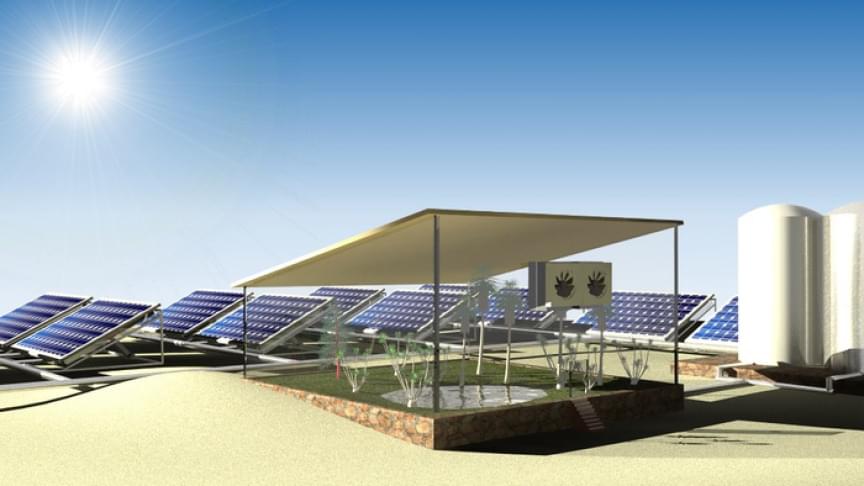
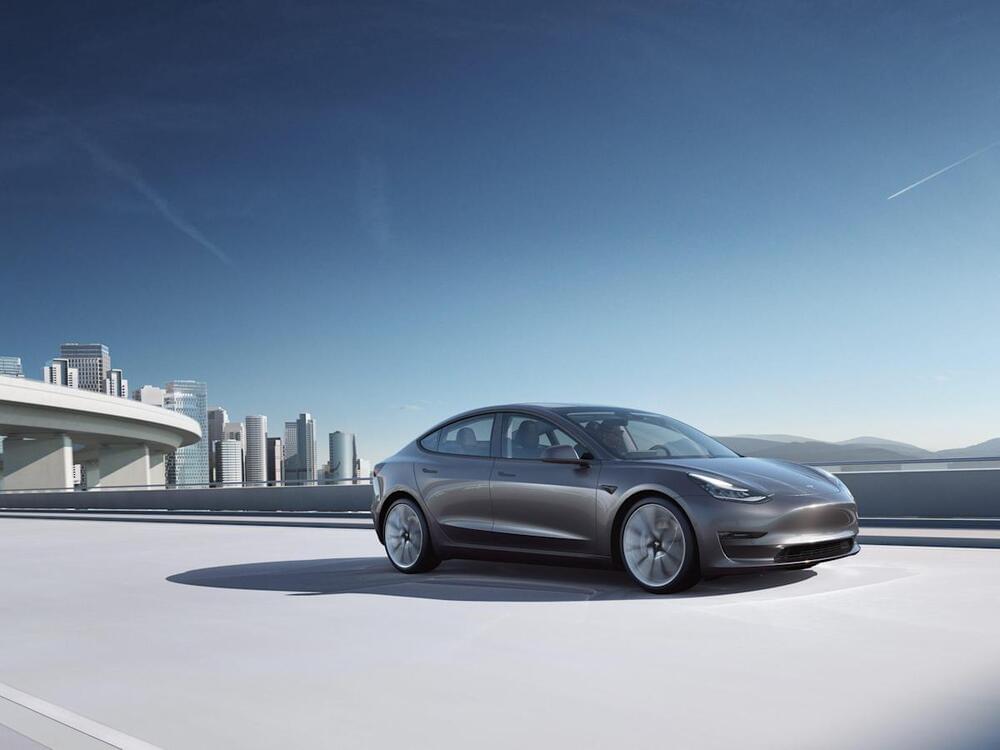
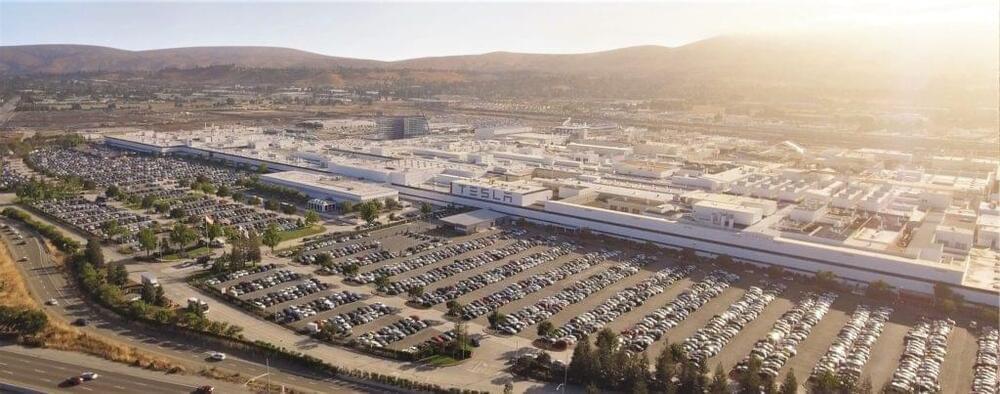
Tesla’s Fremont Factory could have its production capacity increased, according to CEO Elon Musk. Tesla is “considering expanding [Fremont] significantly,” Musk said in a Tweet last night.
Following Musk’s heavily publicized jab at President Joe Biden on Tuesday night for not mentioning Tesla in the State of the Union Speech with the likes of Ford and GM, who received Biden’s praise for electric vehicle projects resulting in employment opportunities. While Biden commended Ford for $11 billion invested and 11,000 new jobs and GM for $7 billion and 4,000 new employment opportunities in Michigan, Musk hit back with a valid point.
“Tesla has created over 50,000 US jobs building electric vehicles & is investing more than double GM + Ford combined,” he said, alerting “the person running this account” to give Tesla more credit.
Space worms.
Two young worms are the first offspring in a Mars soil experiment at Wageningen University & Research. Biologist Wieger Wamelink found them in a Mars soil simulant that he obtained from NASA. At the start he only added adult worms. The experiments are crucial in the study that aims to determine whether people can keep themselves alive at the red planet by growing their own crops on Mars soils.
To feed future humans on Mars a sustainable closed agricultural ecosystem is a necessity. Worms will play a crucial role in this system as they break down and recycle dead organic matter. The poop and pee of the (human) Martian will also have to be used to fertilise the soil, but for practical and safety reasons we are presently using pig slurry. We have since been observing the growth of rucola (rocket) in Mars soil simulant provided by NASA to which worms and slurry have been added. ‘Clearly the manure stimulated growth, especially in the Mars soil simulant, and we saw that the worms were active. However, the best surprise came at the end of the experiment when we found two young worms in the Mars soil simulant’, said Wieger Wamelink of Wageningen University & Research.
‘The positive effect of adding manure was not unexpected’, added Wamelink, ‘but we were surprised that it makes Mars soil simulant outperform Earth silver sand’. We added organic matter from earlier experiments to both sands. We added the manure to a sample of the pots and then, after germination of the rucola, we added the worms. We therefore ended up with pots with all possible combinations with the exception of organic matter which was added to all of the pots.
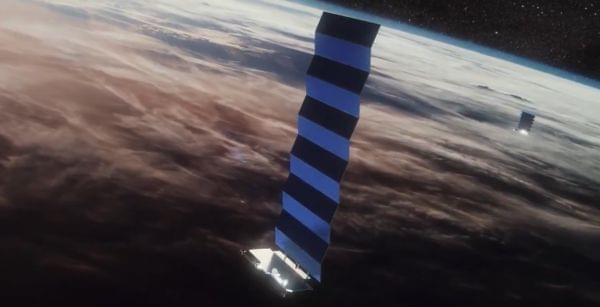
Russia’s attacks on Ukraine continue to take lives and destroy infrastructure as the country invades. This infrastructure damage has disrupted internet access in Ukraine, leading a government official to publicly request Starlink satellite internet access for the country from SpaceX CEO Elon Musk. Musk obliged, activating Starlink service in Ukraine and sending additional hardware. But with continued attacks on infrastructure, how will Ukraine stay connected?
Fedorov brings up an important point: Even though Starlink operates without the need for traditional internet infrastructure, the Earth-bound hardware still needs power. And, as Russian attacks bombard the country, Ukraine’s internet access will continue to be threatened.
Fedorov’s statement publicly reached out for help acquiring generators to keep Starlink online for Ukrainians. But Musk responded with an alternative suggestion.
“Solar panels + battery pack better than generator, as no heat signature or smoke & doesn’t run out of fuel,” Musk wrote in response on Twitter.
Elon Musk has some ideas.

Ford this morning said it’s separating its electric vehicle and internal combustion businesses into separate units. Why it matters: The creation of distinct business lines — called “Model e” and “Ford Blue” — underscores how auto giants are reorienting around EV development. Get market news worthy of your time with Axios Markets. Subscribe for free. How it works: Ford said the two units would be “strategically interdependent” and share relevant tech. Together with the Ford Pro commercial services line launched last year, Ford said the three units will begin to separately report profits and losses in 2023.